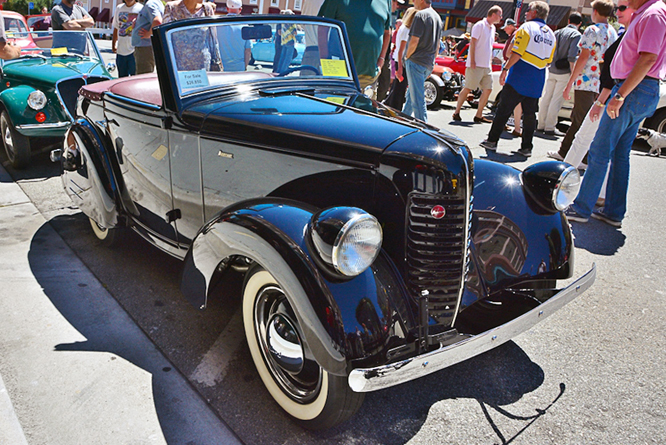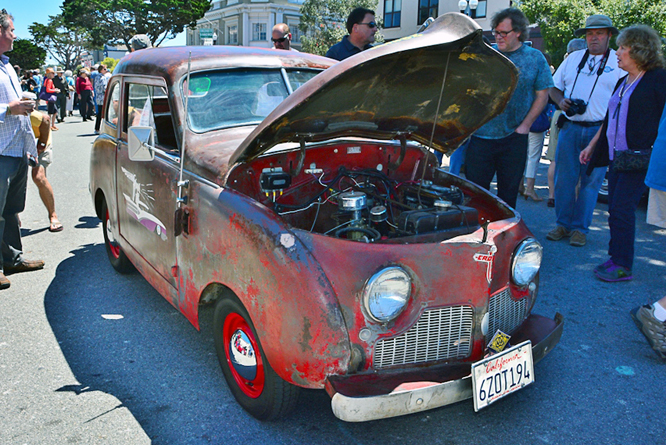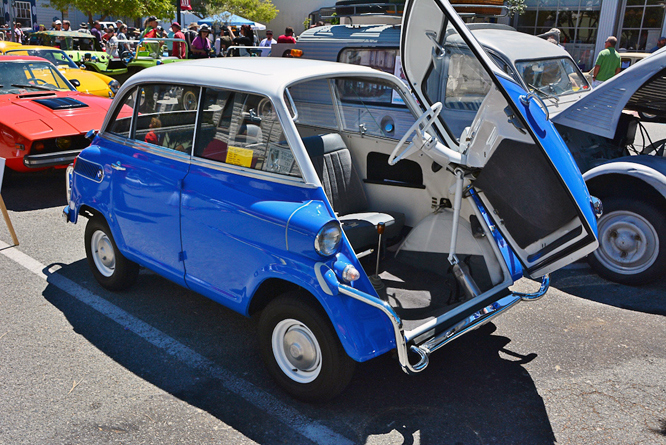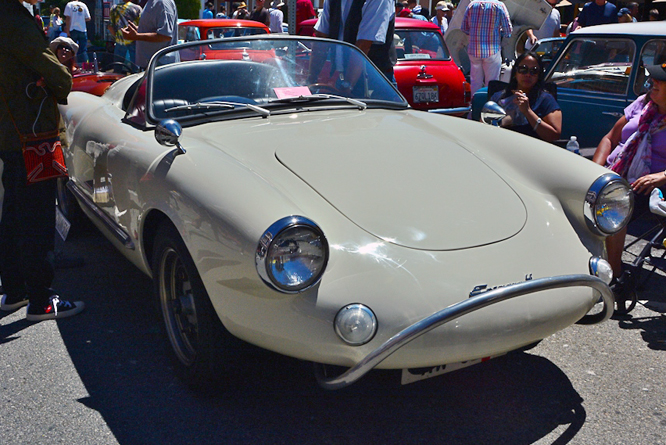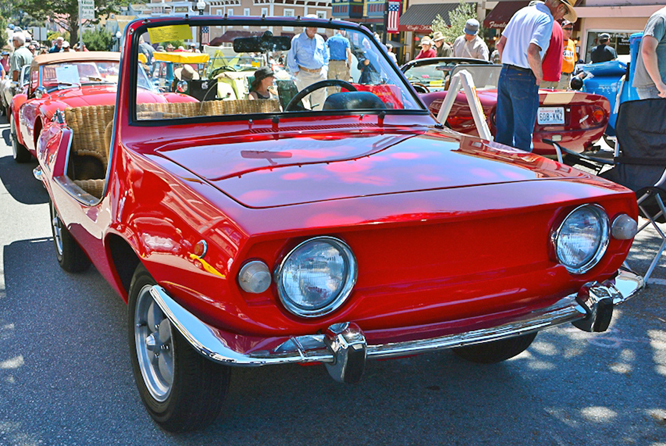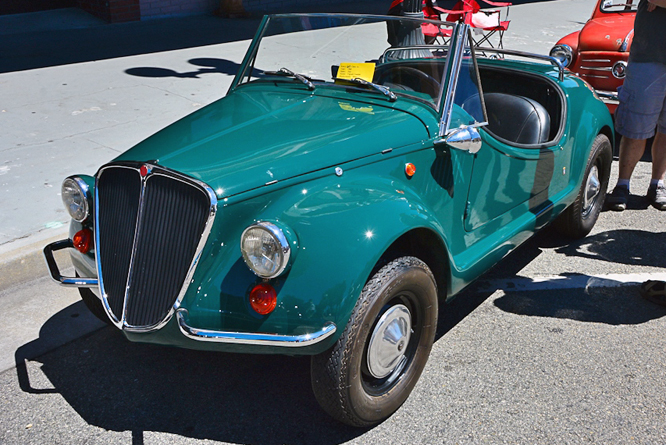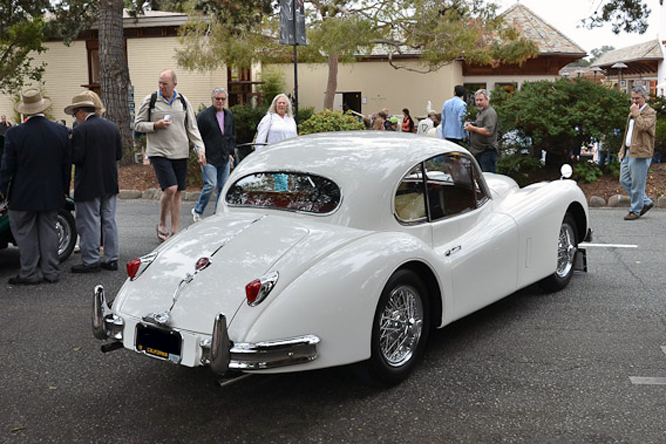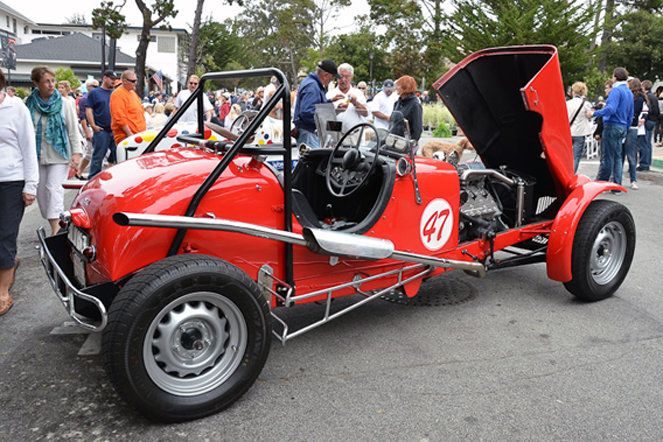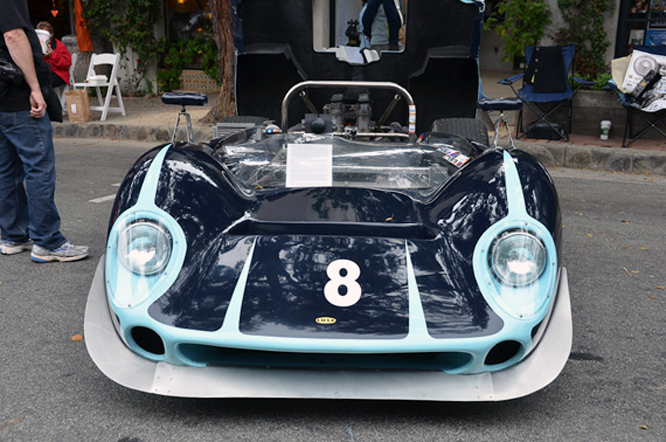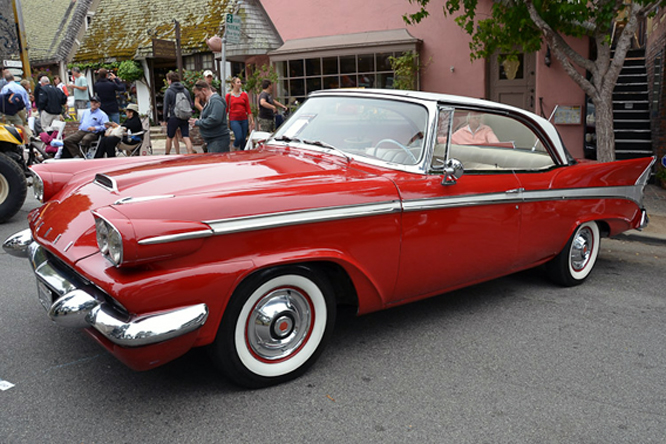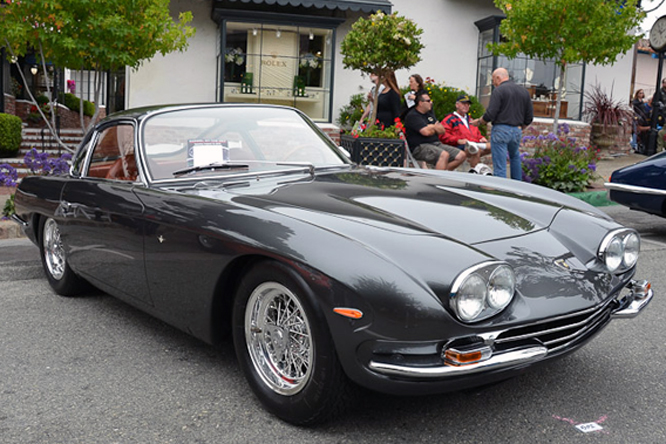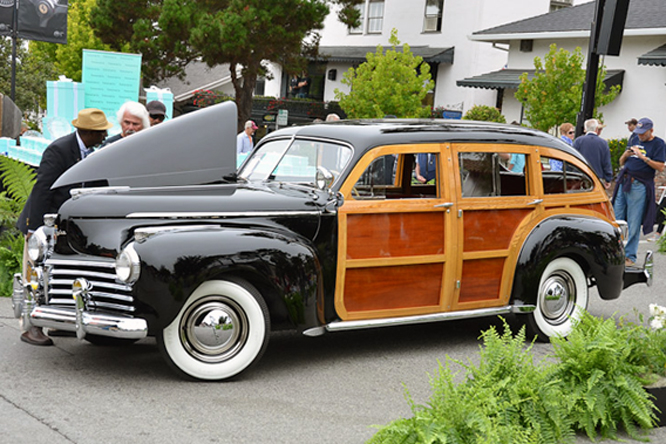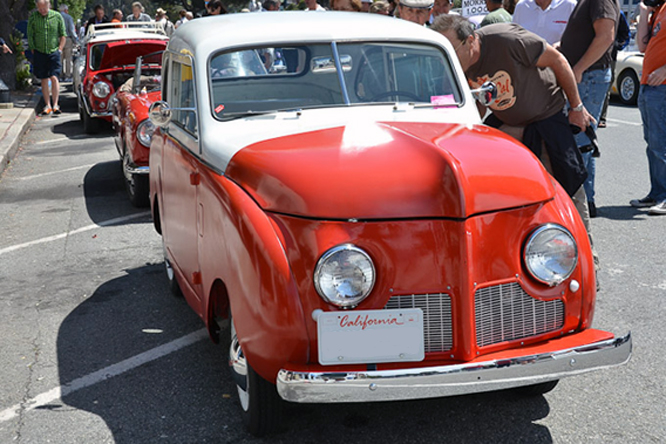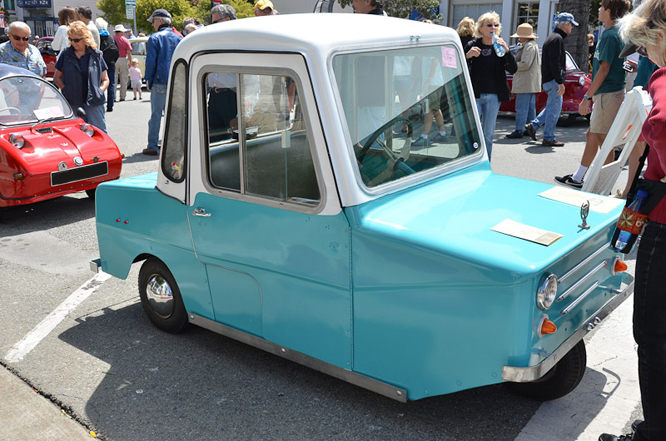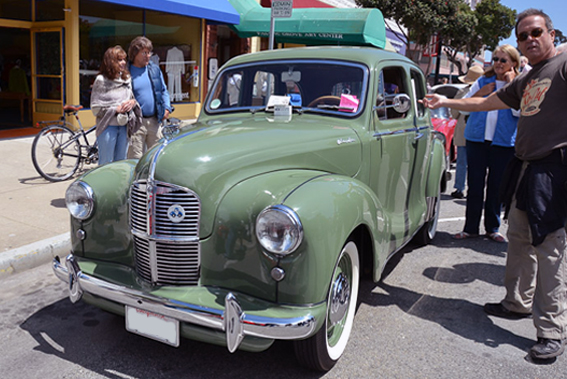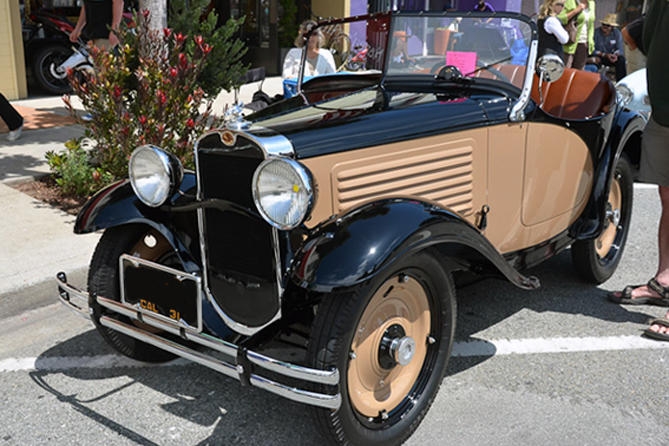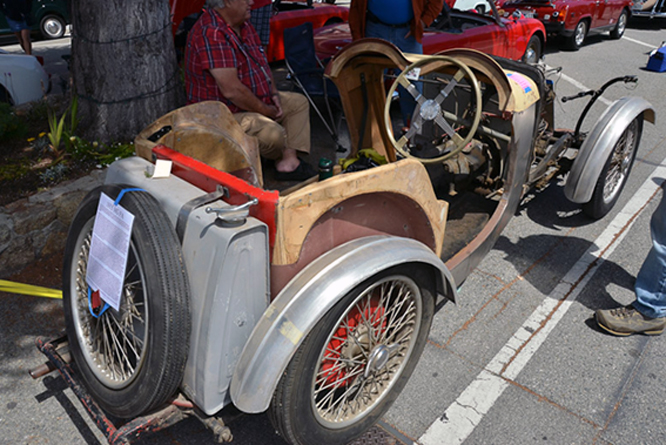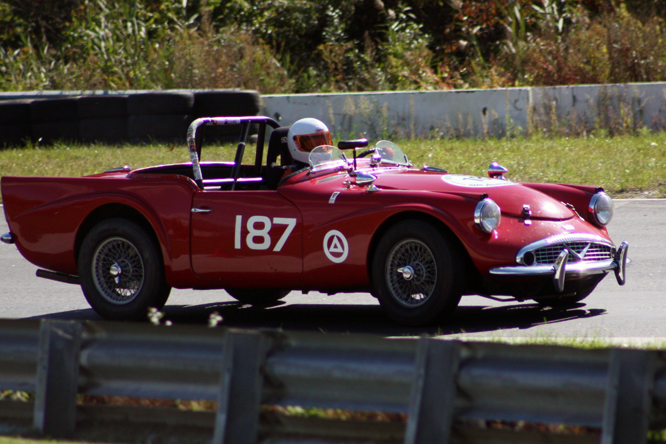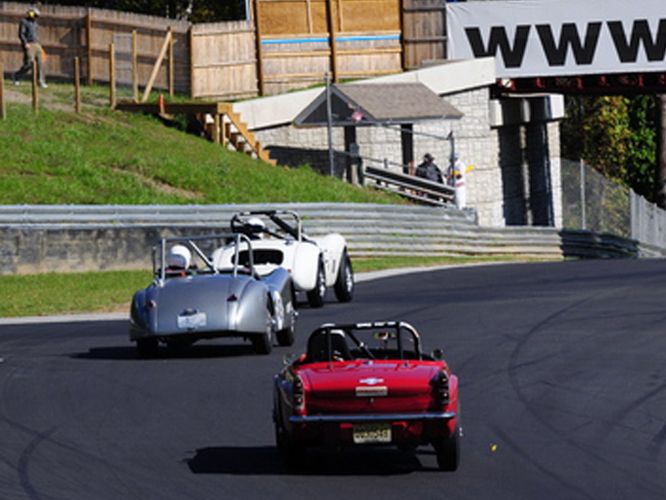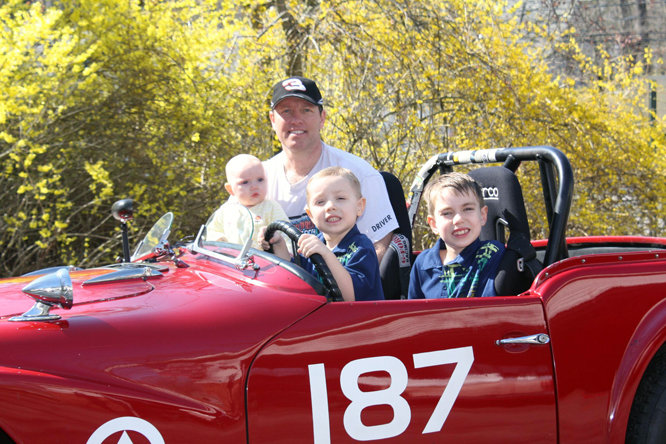My heartfelt thanks once again go out to John Aibel for sharing with us some photo’s of his 1951 Crosley Hotshot Sport, a vehicle that in 1951 competed in my favourite race the Le Mans 24 hours.
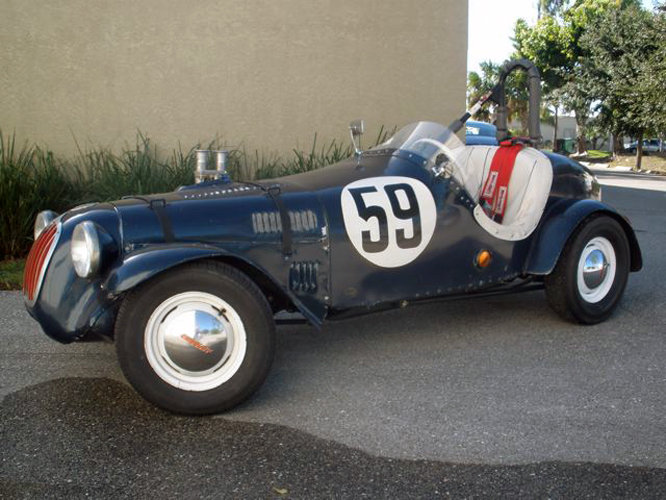
Twelve months after Briggs Cunningham took a shot at top honours at Le Mans with his Cadillac Le Mans special ‘Le Monstre’ and more conventional 61 Series ‘Petit Pataud’ two Florida enthusiasts made a low budget attack on the Le Mans 24 hours ‘Index of Performance award’ which sought to calculate the best performance for vehicles completing the race based on engine size and distance covered with this cute little Crosley Hotshot Sport.
Crosley was an American manufacturer that went against the grain in the US automotive industry by building small and light vehicles from 1939 to 1952. Indiana industrialist Powel Crosley Jr came to prominence manufacturing auto accessories, cheap radio’s and other household electrical goods distributed by independent retailers and backed by a then pioneering ‘money back guarantee’ .
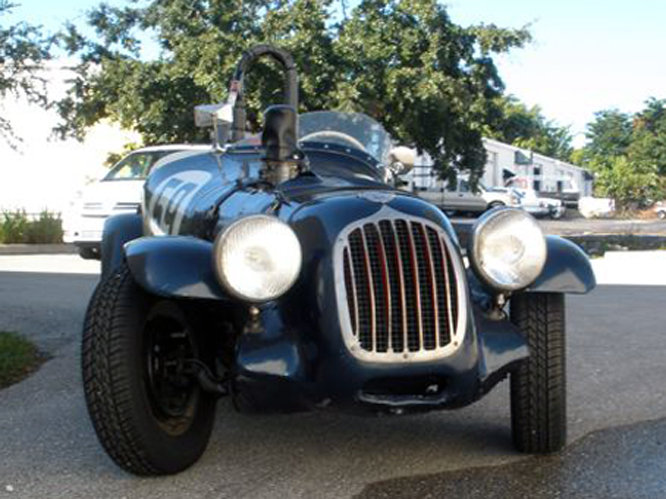
The legend behind the Crosley Le Mans entry is that Phil Stiles and George Schrafft inspired by the success of the stock Hotshot in the Sam Collier Memorial 6 Hours at Sebring in December 1950, were discussing the potential of the Hotshot over the odd libation when they decided to write to the FIA stating they had a Crosley to race in the Le Mans 24 hours, and to Powel Crosley saying they had an entry to Le Mans and were in need of a chassis ! The returning correspondence confirmed both an entry for Le Mans and the supply of a chassis !
The Hotshot / Super Sport VC chassis was prepared for the race by Pappy Dwyers race shop in Indianapolis with a one off aluminium body and sent back to Crosley where a specially developed 726 cc engine was installed.
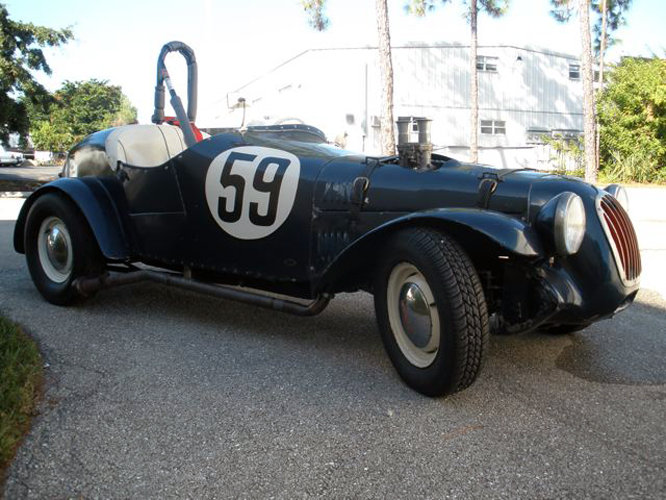
The cast iron over head cam engine was probably the strongest part of the package having a 5 bearing crank so that it could run all day at full power in order to power military generators which was its original application, as a race engine it was frequently modified Bandini even had a twin over head cam version. The stock engine gave around 26.5 hp the development engine for Le Mans on the #59 seen here around 42hp.
Once ready at the Crosley factory Phil and George went to pick it up from Ohio in George’s Aston Martin DB2, they then borrowed Mr Crosley’s boat trailer and converted it to take the Le Mans challenger to the docks in New York for eventual shipping. On the way to NY Phil and George took the Crosley off the trailer fitted the trailer plates to the car and then ran the motor in on the Pennsylvania Turnpike.
In practice at Le Mans it was discovered the lights were not up to racing at night and more powerful Marchal units were fitted along with a Marchal generator while a new Prestolite generator was ordered from the States.
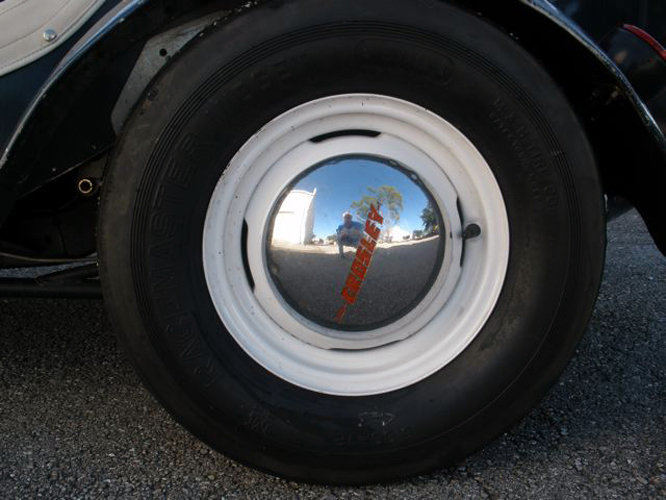
During the race the car was an immediate success, despite using only top gear so as not to risk damage to the standard non synchromesh Hotshot / Super Sport three speed gearbox, George was able to turn in 73 mph average laps and easily lead his class however 2 hours into the race the roller bearings in the new Marchal generator proved unequal to its task, with Phil at the wheel the unit seized and tore off its mounts, damaging the ignition loom and the water pump mounted on the back of the generator.
After bye passing the water pump and relying on thermosiphon cooling, like an old Model T Ford, the car was prepared to run using only the battery, however once it became dark and the lights were required the battery was inevitably run flat and after 40 gallant laps the devastatingly quick in its class Crosley was out for good.
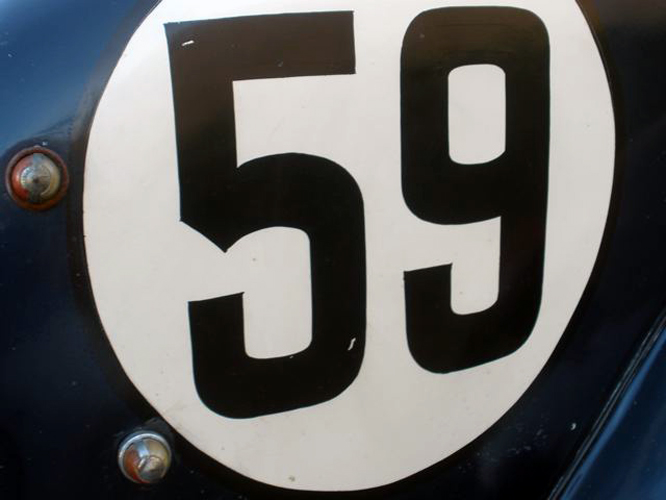
The next day the team pooled funds to release the Presolite generator from customs in Paris and fitted it to the Crosley so that Phil and his newly wed wife could tour Europe, in Switzerland the local authorities mistook them for and favourably treated them as entrants in the Monte Carlo Rally.
The Crosely was returned to George Schrafft who replaced the standard Hotshot gearbox designed for 26.5 hp motors with a more robust 4 speed FIAT gearbox. This change without any modifications to the rest of the drive train resulted in the rear axle being pushed back one inch, which does not appear to have adversely affected either the performance or reliability of Le Biplane Torpedo as John sometimes refers to his unique Crosley.
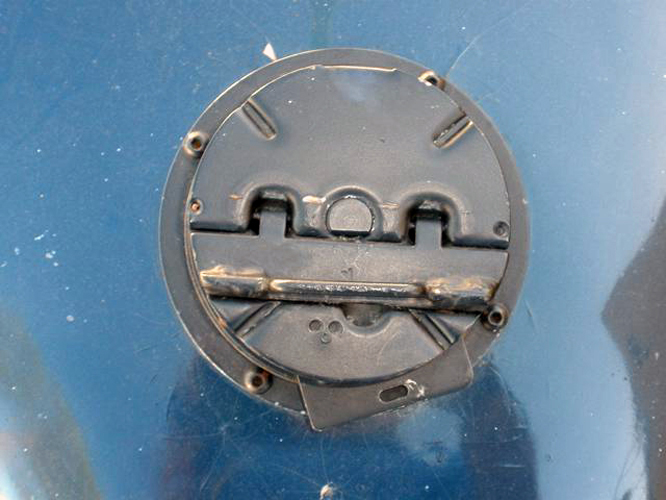
The story of how John came to own this splendid Honeymoon Racer is one of 15 years perseverance, in the late 60’s John read an article about the car written by Phil Stiles in a 1958 issue of Road & Track. John decided to trace the car with a letter published in R&T; and got so many responses he founded the Crosley Auto Club.
Becoming friends with the owner of Le Biplane Torpedo through the club John expressed his interest in purchasing it over many years at the AACA Hershey Annual Fall meeting. He was disappointed one year to find the owner had sold it on to buy a motorhome in the 1970’s, in the early 80’s Johns brother established the Crosley was for sale after the owner had decided to sell his entire collection of racers.
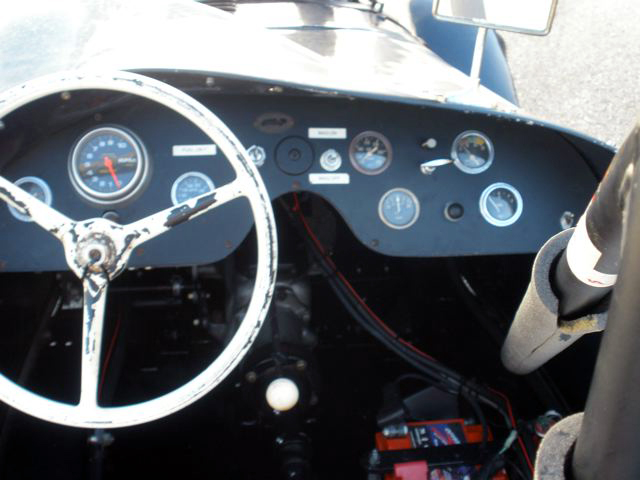
John reluctantly had the roll bar fitted after surviving a slow roll in another vehicle at Dellow without one, and has raced the Crosley and remembers having many entertaining races with Bob Duell in his Panhard Jr and with two other chaps one in a pre war Morgan and a Renault Special.
He says of his car “On my first track run with it, I was going as fast in the corners as the Lotus 7’s. They of course were much faster out of the turns! ” Look out for a book to be published on US Le Mans challengers by Tim Considine which will feature this Crosley in the near future.
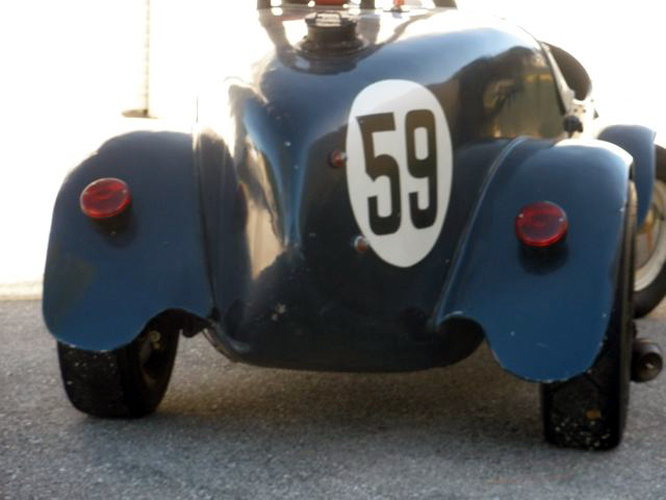
I’d like to thank John once again for taking the time and trouble to share these photo’s of his wonderful Crosley and particularly for taking the time to tell me the romantic story behind it. I have always had a strong conviction that there is something quite noble abo
ut taking what is essentially a road vehicle racing it and then returning it to road use, highly impractical in this day and age with all the safety requirements for racing but as Johns “Le Petite Pataud” Replica and Le Biplane Torpedo show once upon a time this was not an unusual practice.
Special thanks to Chief 187 for putting me in touch with John and thanks to everyone for popping by this bumper edition of Getting a lil’ psycho on tyres, I hope you’ll join me tomorrow for a slightly shorter edition, don’t forget to come back now !
